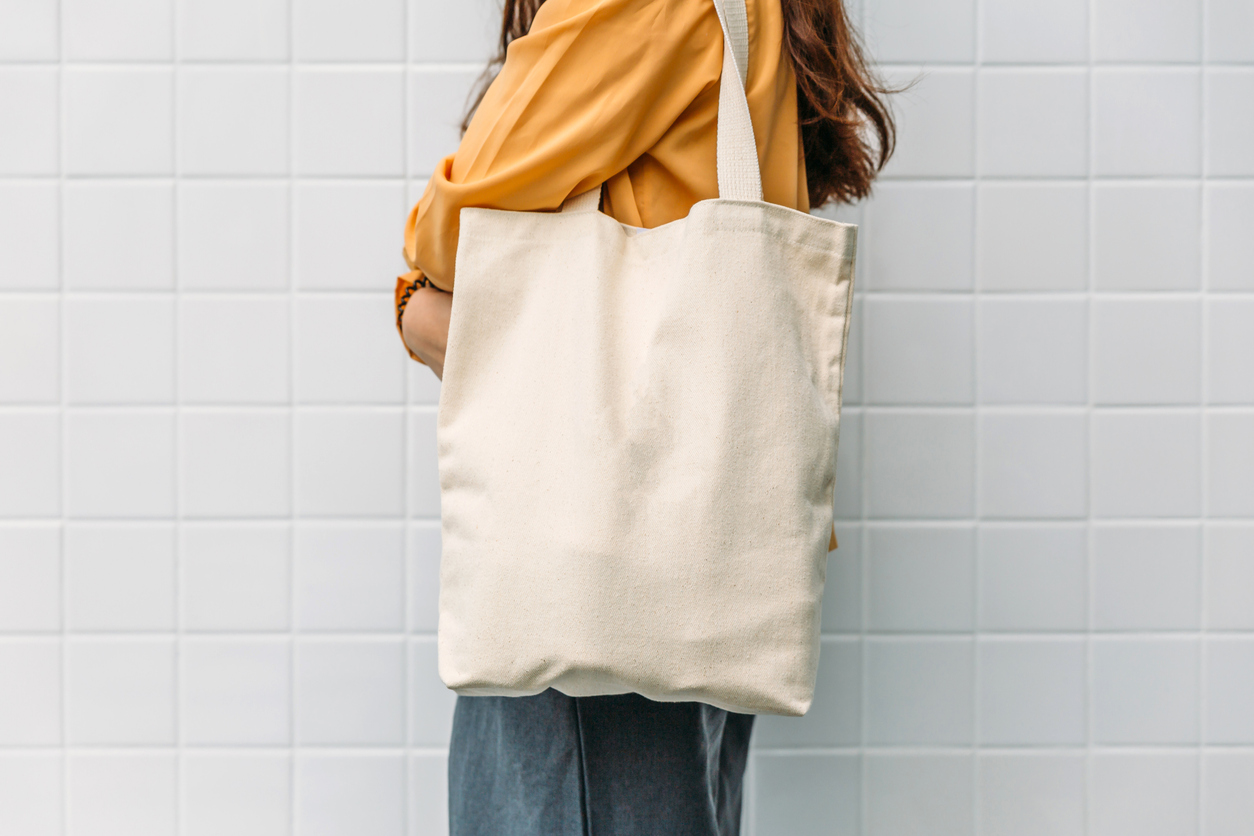Once upon a time, there was a fashion company called “The Weaving Circle”. They were known for their trendy designs and affordable prices, but they were also aware of the impact their products were having on the environment. The company’s founder, Sarah, realized that they needed to find a way to offer more sustainable products, without sacrificing their style or profitability.
One day, Sarah attended a workshop on circular economy and was struck by a metaphor used by the speaker. They compared a linear business model to a one-way street, where resources are extracted, turned into products, and then discarded after use. On the other hand, a circular business model was likened to a roundabout, where resources are kept in a continuous loop, minimizing waste and maximizing their value.
Inspired by this metaphor, Sarah decided to implement a circular business model in her company. She started by looking at the materials they were using and the way their products were produced. Instead of using virgin resources, Sarah looked for ways to incorporate recycled and upcycled materials into their designs. They also started using environmentally friendly dyes and printing techniques, and implemented a zero-waste policy in their production process.
But Sarah didn’t stop there. She also looked for ways to extend the lifespan of their products, so they wouldn’t end up in a landfill after a few wears. They started offering repair services for their products and even launched a rental program for special occasions. This allowed customers to enjoy the latest fashion trends without having to buy a new outfit every time.
As a result of these changes, The Weaving Circle became known for their sustainable practices and circular business model. Customers appreciated the company’s commitment to the environment and were willing to pay a premium for their products. The company also saved money by reducing their waste and material costs, which allowed them to invest in new sustainability initiatives.
In the end, Sarah realized that the roundabout metaphor was more than just a catchy phrase. It was a way of doing business that not only helped the environment but also improved their bottom line. She was proud to be part of a growing movement of companies that were redefining the fashion industry, one circular loop at a time.
/Magnus
